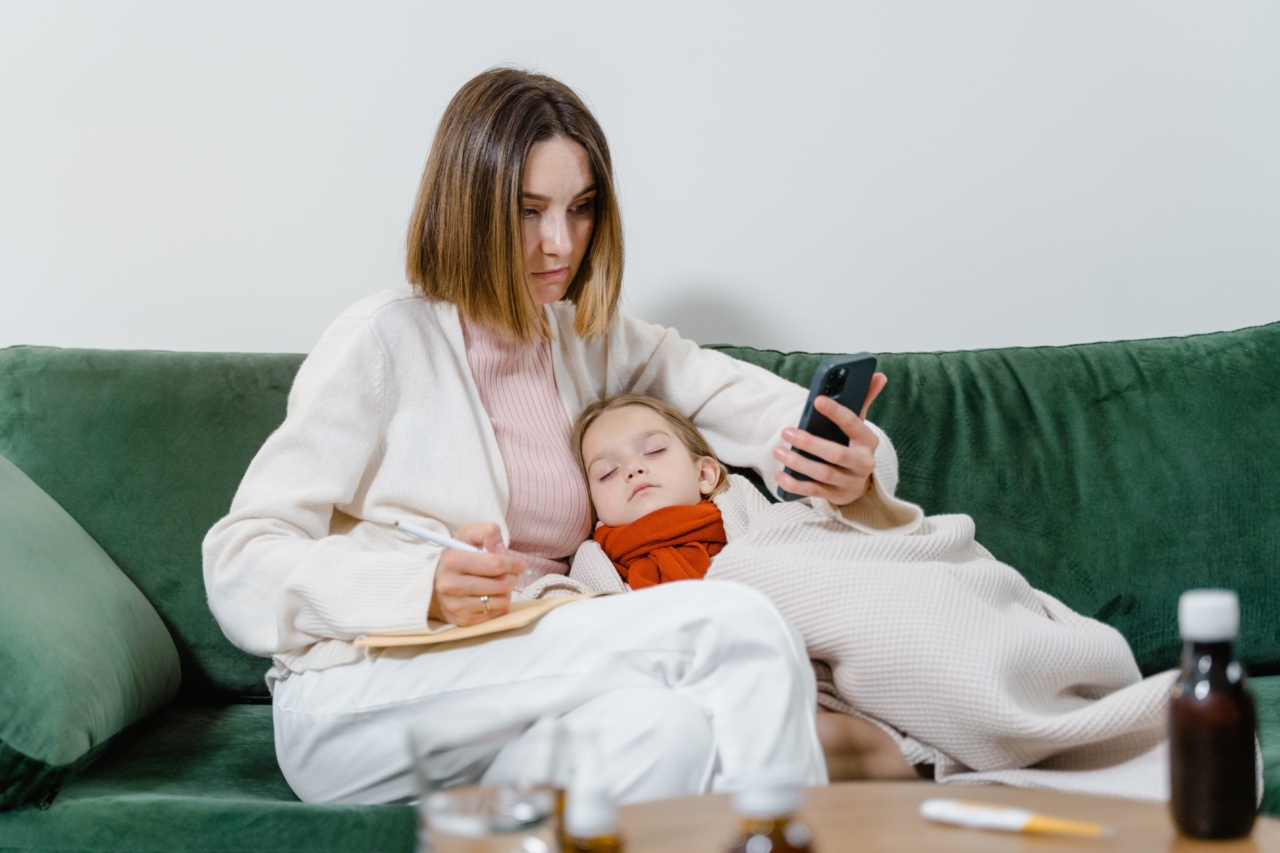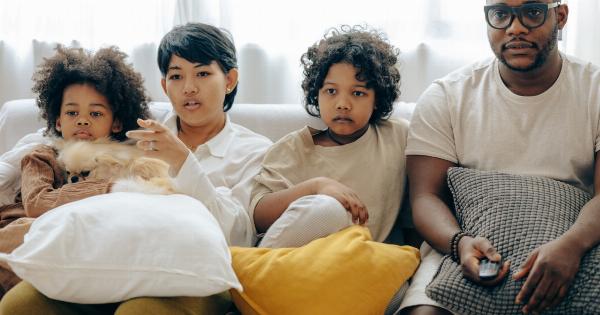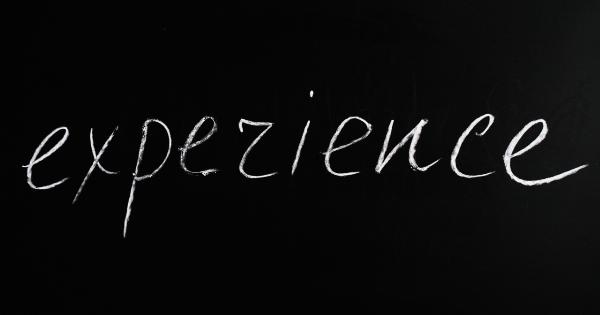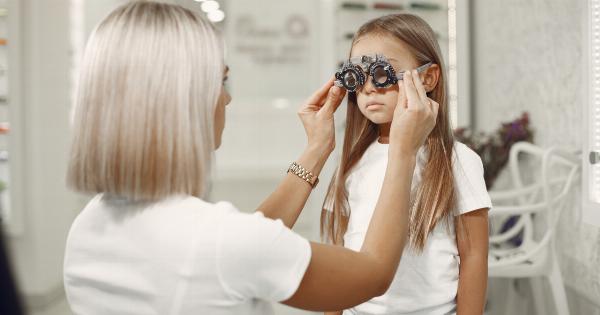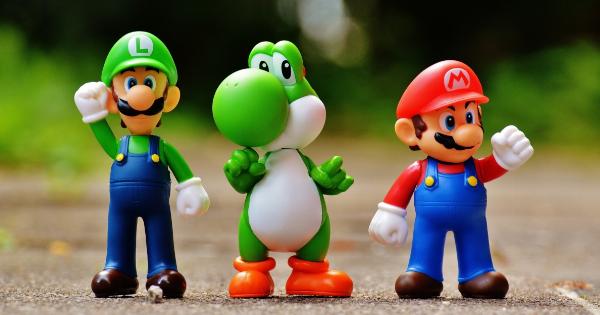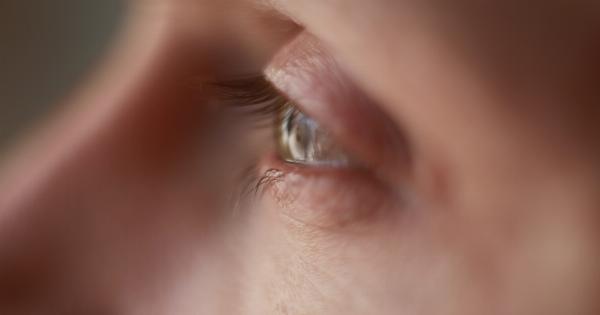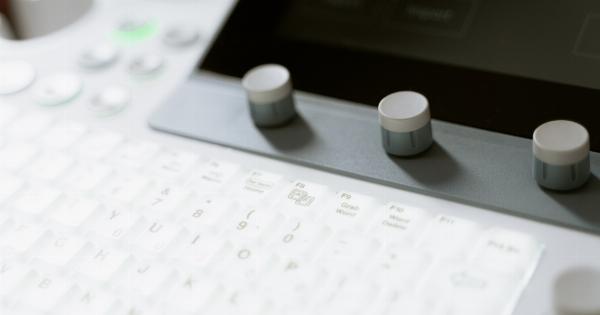Amblyopia, commonly referred to as lazy eye, is a vision disorder that affects children. It occurs when the brain and eyes do not work together properly, leading to decreased vision in one eye.
Early detection and treatment are crucial to prevent long-term vision impairment. In this article, we will explore the symptoms of amblyopia, when they typically appear in children, and the importance of timely intervention.
What is Amblyopia?
Amblyopia is a condition where one eye has reduced visual acuity, even with the use of glasses or contact lenses. The brain favors the other eye, resulting in diminished vision in the affected eye over time.
This condition usually develops during early childhood when the visual system is still developing. If left untreated, amblyopia can lead to permanent vision loss in the affected eye.
Types of Amblyopia
There are several types of amblyopia, including:.
1. Strabismic Amblyopia
Strabismic amblyopia occurs when the eyes are misaligned, causing the brain to receive different images from each eye. The brain may suppress the image from the misaligned eye, leading to reduced vision in that eye.
2. Refractive Amblyopia
Refractive amblyopia occurs when there is a significant difference in vision between the eyes due to a refractive error, such as nearsightedness, farsightedness, or astigmatism.
The brain may rely more on the eye with better vision, causing the weaker eye to become amblyopic.
3. Deprivation Amblyopia
Deprivation amblyopia occurs when there is a physical obstruction or deprivation of vision in one eye. This could be due to cataracts, eyelid disorders, or other ocular conditions that prevent clear vision from developing in the affected eye.
When Do Symptoms Appear?
The symptoms of amblyopia may not be immediately apparent, especially since it typically affects only one eye. Some common signs that may indicate the presence of amblyopia in children include:.
1. Poor Depth Perception
Children with amblyopia often struggle with depth perception. They may have difficulty judging distances or struggle with activities that require good depth perception, such as catching a ball.
2. Squinting or Shutting One Eye
A child with amblyopia may frequently squint or shut one eye, especially in bright light. This behavior helps reduce the double vision caused by the brain receiving different inputs from each eye.
3. Tilting or Turning the Head
In some cases, a child may tilt or turn their head to compensate for the visual impairment. This head position allows them to better utilize their stronger eye, minimizing the impact of the amblyopic eye.
4. Poor Performance in School
Reduced vision in one eye can affect a child’s ability to concentrate, read, and learn. If a child consistently underperforms in school, it may be a sign of an underlying vision problem like amblyopia.
5. Eye Strain or Fatigue
Amblyopia can cause strain and fatigue in the eye with reduced vision. Children may complain of eye discomfort, headaches, or tiredness after visual activities.
Diagnosing Amblyopia
Early detection of amblyopia is crucial for successful treatment. Regular eye exams by an ophthalmologist or optometrist are essential for identifying any potential vision problems in children. The following diagnostic tools may be used:.
1. Visual Acuity Test
The visual acuity test measures how well a child can see letters or symbols from a distance. This test helps identify any significant differences in vision between the eyes.
2. Cover Test
A cover test is performed to assess eye alignment. By covering one eye at a time, the eye care professional can observe any misalignment or excessive eye movement when the child focuses on an object.
3. Refraction Test
A refraction test measures the child’s refractive error using a specialized instrument. This helps determine if the child may require glasses or contact lenses to correct any vision abnormalities.
Treating Amblyopia
Early intervention is critical for the successful treatment of amblyopia. The following treatment options are commonly used:.
1. Prescription Eyeglasses or Contact Lenses
If a refractive error is contributing to the development of amblyopia, the child may be prescribed glasses or contact lenses. This helps correct the vision imbalance between the eyes, enabling equal visual input.
2. Eye Patching
The stronger eye is occasionally covered with an eye patch, forcing the amblyopic eye to work. This stimulates the weakened eye, encouraging visual development and improving its acuity over time.
3. Atropine Eye Drops
Sometimes, atropine eye drops are used instead of an eye patch. The drops blur the vision in the stronger eye, forcing the amblyopic eye to work harder. This treatment option is often used for children who resist wearing an eye patch.
Regular Follow-Up and Compliance
Treatment for amblyopia requires regular follow-up visits to monitor progress and ensure compliance with the prescribed treatment plan. Compliance from both the child and their parents is vital for successful outcomes.
Conclusion
Amblyopia is a vision disorder that can impact a child’s future if not detected and treated promptly. Recognizing the symptoms of amblyopia, such as poor depth perception, squinting, or tilting the head, is crucial for early intervention.
Regular eye exams and timely treatment options like eyeglasses, eye patches, or atropine drops can improve the vision and quality of life for children with amblyopia. If you suspect any vision issues in your child, consult an eye care professional for a comprehensive evaluation.
